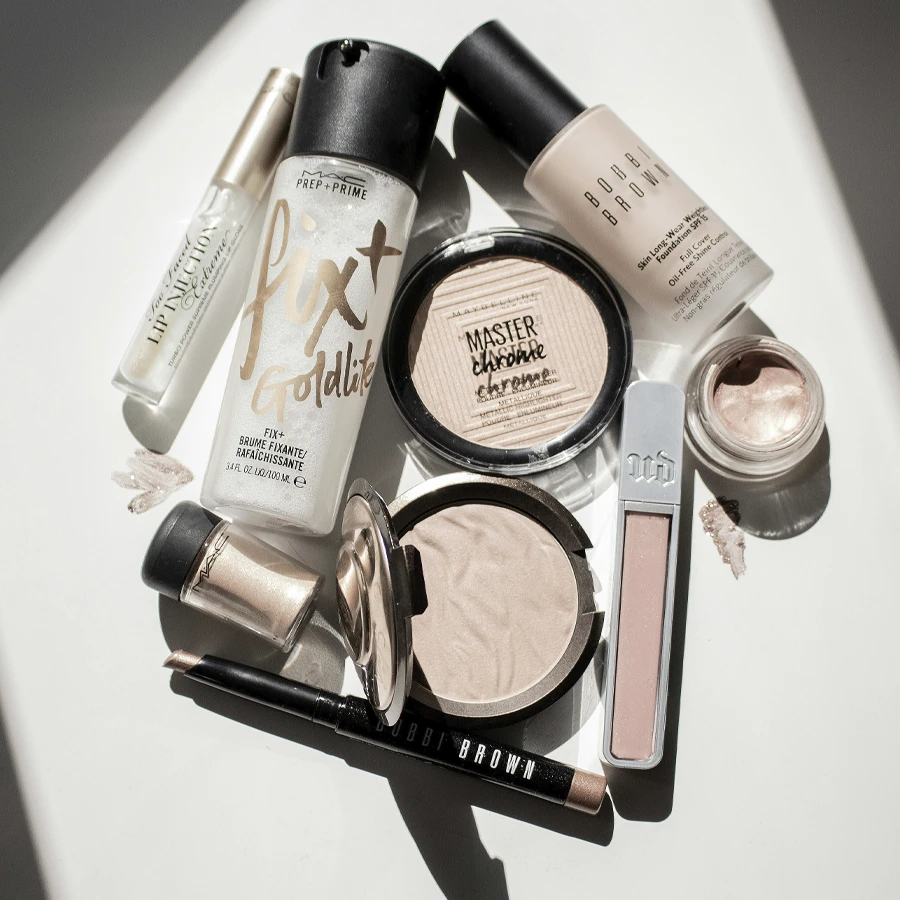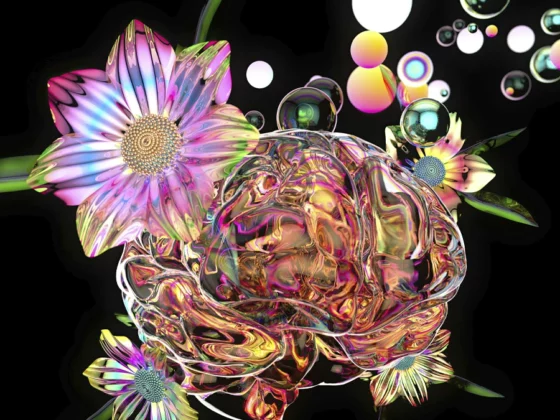Knowing how to describe implies a broad view of the entire cosmetics landscape, only then does the eye catch the detail that emerges. We are Studio Concept and we place our know-how at the service of success in cosmetics, to communicate is to know.
Indice
Skin care products
The skin is the mirror of the person, its role cannot but be central to the entire beauty industry. It is no coincidence that at least 30% of all cosmetics are dedicated to skin care.
Dealing with cosmetic marketing means immersing oneself in a series of microcosms in which each brand tends to specialise in a certain area. Here, talking about skin products leads to touching on a really wide range of categories.
From anti-ageing creams to tanning treatments, skin cosmetics share purifying functions. Facial cleansers and toners, but also scrubs and exfoliants perform precisely their purifying function. Understanding each type helps to express its full potential.
Hair products: technologies and trends
A quarter of sales in cosmetics are in hair products, and these are a leading sector due to their cross-cutting utility. Their main function is to cleanse and balance the homeostasis of the scalp, but there are several other applications.
Conditioners play an essential role in the styling of hair, the type of product ensures a strengthening in structure but also a better appearance. Wraps with a fortifying protein composition, treatments based on essential oils and vitamins are protagonists.
Then there are all the products dedicated to shaping, lacquers, but also mousses and gels are a particularly protagonist in the context of the professional hair studio. Conditioners and straighteners, perms and colourants are the products that complete the range.
Coloured cosmetics: art and science
Make-up cosmetics is one of the most curious paradoxes in the world of beauty. When talking about cosmetics, everyone thinks of classic make-up products; yet, these make up only 20% of the overall cosmetics market.
Maximum attention to the INCI and the quality of the cosmetic are a must, so these aspects are also essential in product presentation. If we consider only facial items, glosses and lipsticks but also foundations, blushes and eyeliners, these are in fact in direct contact with sensitive areas of the skin and mucous membranes.
The presentation of colour cosmetics cannot therefore ignore the concepts of safety and reliability. An example? Enamels of dubious origin can contain a concentration of substances that are anything but safe.
Contact us for more information on our services
Fragrances and perfumes: a touch of history and modernity
Already 5,000 years ago, the Egyptians used perfumed ointments, but the custom also embraced Arab, Greek and Roman cultures. Talking about fragrances therefore means touching on the beginnings of cosmetic culture.
The perfume sector is the most niche sector, particularly attentive to concepts of quality rather than mass consumption. The field widens if one also considers perfumes and colognes but also the more practical sprays.
From the point of view of communication, the field of fragrances offers examples of packaging with particularly intense expressiveness. True masterpieces of art interpret the classic container in a whole new guise. These are veritable invitations for descriptions and high-level shots.
Personal care and over-the-counter products
Talking about personal care means including articles for common oral hygiene, these embrace 15% of the entire market. Although they are not commonly considered under cosmetics, one need only think of a teeth whitening product and one would have a well-defined reference.
Then there is the category of over-the-counter medicines; it is worth considering these as they are often confused with cosmetic products. If one measures the concentration of their active ingredients, their particular composition is designed to act on the metabolism of skin and hair.
By definition, a cosmetic is such because it induces a temporary and reversible change, so it must not be able to interact with metabolism. The distinction is therefore important.
Still life photographs for cosmetic products
Quality starts with adequate preparation, years of experience in the beauty industry guide a sensitive eye to creating content that is able to reach the customer. The secret is in knowing your craft.
Art and knowledge intersect in an expression that is able to make real what is a simple image. The game of communication in cosmetics is played in the narrow field of a few moments, it is necessary to make a difference.
Still life is the style that gives a narrative to the simple product, it is necessary to know its history to illustrate its valuable points. The narrative is made of differences because standing out is the only way to go, the goal is in the satisfaction of the gaze.
The cosmetics sector represents a diverse and complex universe that extends far beyond the simple application of beauty products. Through the different product categories, from skin care to colour cosmetics, from hair products to fragrances, to personal care items and over-the-counter medicines, we explored how each aspect contributes to defining the identity and value of this sector.
The importance of effective communication, based on in-depth knowledge of the products and their functions, emerges as a crucial factor for success in the world of cosmetics.





